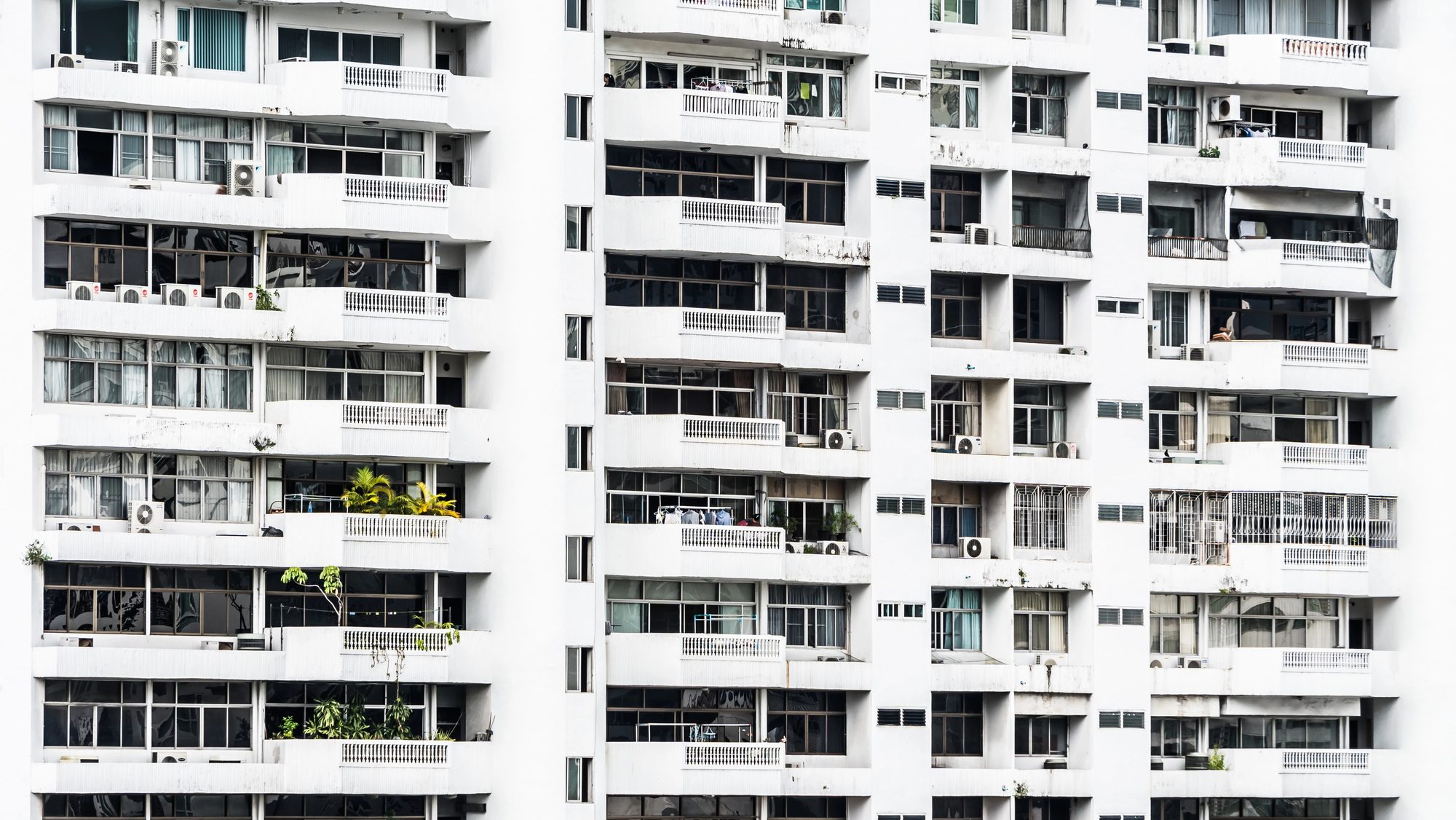SINGAPORE: A seemingly straightforward sale of a Housing Board flat in Toa Payoh has turned into a heated legal dispute, highlighting the dangers of relying solely on property for retirement security.
What should have been a happy occasion for its owners — a mother and son with a flat nearly doubled in value — has instead exposed deep financial vulnerabilities in old age.
A family divided
According to Singapore Law Watch, the flat, valued at around $700,000, was jointly owned by 90-year-old Mrs Tan and her 69-year-old son, a retired artist.
However, while the son had lived in the flat for decades, renting out two rooms for $1,500 per month, his elderly mother had been living with her eldest daughter due to her worsening dementia.
In 2023, the daughter, 71, who was also retired, approached the High Court seeking an order to sell the flat. The proceeds, she argued, would help pay for her mother’s increasing medical and nursing care costs as her health condition deteriorated.
But the son objected to the sale, arguing that it would leave him homeless without sufficient funds to support himself. He claimed that, following a stroke, he was unable to work and relied on the rental income to cover his living expenses.
A difficult but equitable decision
In a ruling that weighed the financial needs of both parties, High Court Judge Choo Han Teck acknowledged the son’s concerns about his future.
However, the judge emphasized that the needs of the mother — who could no longer care for herself — had to take precedence.
“Nothing can be more inequitable,” Judge Choo said, referring to the son continuing to benefit from full ownership of the flat while his mother faced mounting healthcare costs.
The court granted the daughter’s request to sell the flat, ruling that the proceeds should be split equally between the mother and the son, as they were joint owners.
Both would receive at least $350,000 each, with the son expected to use his share to find a new home.
While this may have been a fair solution, it highlights the vulnerability of individuals who rely too heavily on their homes for financial security in old age.
Dangers of being ‘asset rich, cash poor’
The case brings a critical lesson for homeowners: without sufficient retirement savings, you risk becoming “asset rich, cash poor.”
While the flat’s value was considerable, the family’s financial situation revealed that cash flow — not just asset value — is key in retirement.
Many seniors face difficult choices when they can no longer rely on their property for income. For instance, some elderly homeowners would rather endure financial strain and remain in their homes than sell and downsize.
One prominent case involved an owner of a $10 million bungalow who preferred to struggle with cash flow issues rather than sell his property and move to a smaller home that would still leave him with ample savings.
Similarly, another owner of a $4 million condo chose to stay put in a dilapidated unit despite accumulating more than $250,000 in debt.
These examples illustrate the risks of failing to diversify one’s retirement assets and plan for regular income streams beyond property.
Financial planning tips for homeowners
To avoid such predicaments, experts recommend seniors take a more balanced financial approach. Property may be an important asset, but relying exclusively on it can create significant risks.
Consider the Lease Buyback Scheme
For seniors aged 65 and above, the Lease Buyback Scheme allows homeowners to sell part of their flat’s lease to HDB in exchange for extra income while still being able to live in the same home.
This option provides seniors with a steady income stream and can complement savings in CPF Retirement Accounts.
Build Sufficient Retirement Savings
One of the most effective ways to ensure financial stability in later years is to save consistently in your CPF Retirement Accounts.
Those who have saved the full retirement sum of $213,000 can receive approximately $1,730 per month starting at age 65.
If a couple saves the enhanced retirement sum of $426,000, they could receive over $6,000 per month — a significant cushion for essential expenses.
Plan for a Continuous Income Stream
A comprehensive financial plan that includes an annuity or a mix of investment options can help ensure consistent income throughout retirement.
Planning for monthly payouts — such as through the CPF Life national annuity scheme — can alleviate the risk of outliving your savings.
Balanced financial planning
The case of the elderly woman and her son highlights the need for careful financial planning.
A home may be one of the largest assets a person owns, but without adequate savings and alternative sources of income, it may not be enough to meet healthcare and living expenses in old age.
A well-rounded retirement plan that includes property and liquid assets is the key to avoiding becoming “asset-rich but cash-poor.”
Just as a balanced diet is essential for good health, a balanced financial plan is critical to achieving long-term security in retirement.

